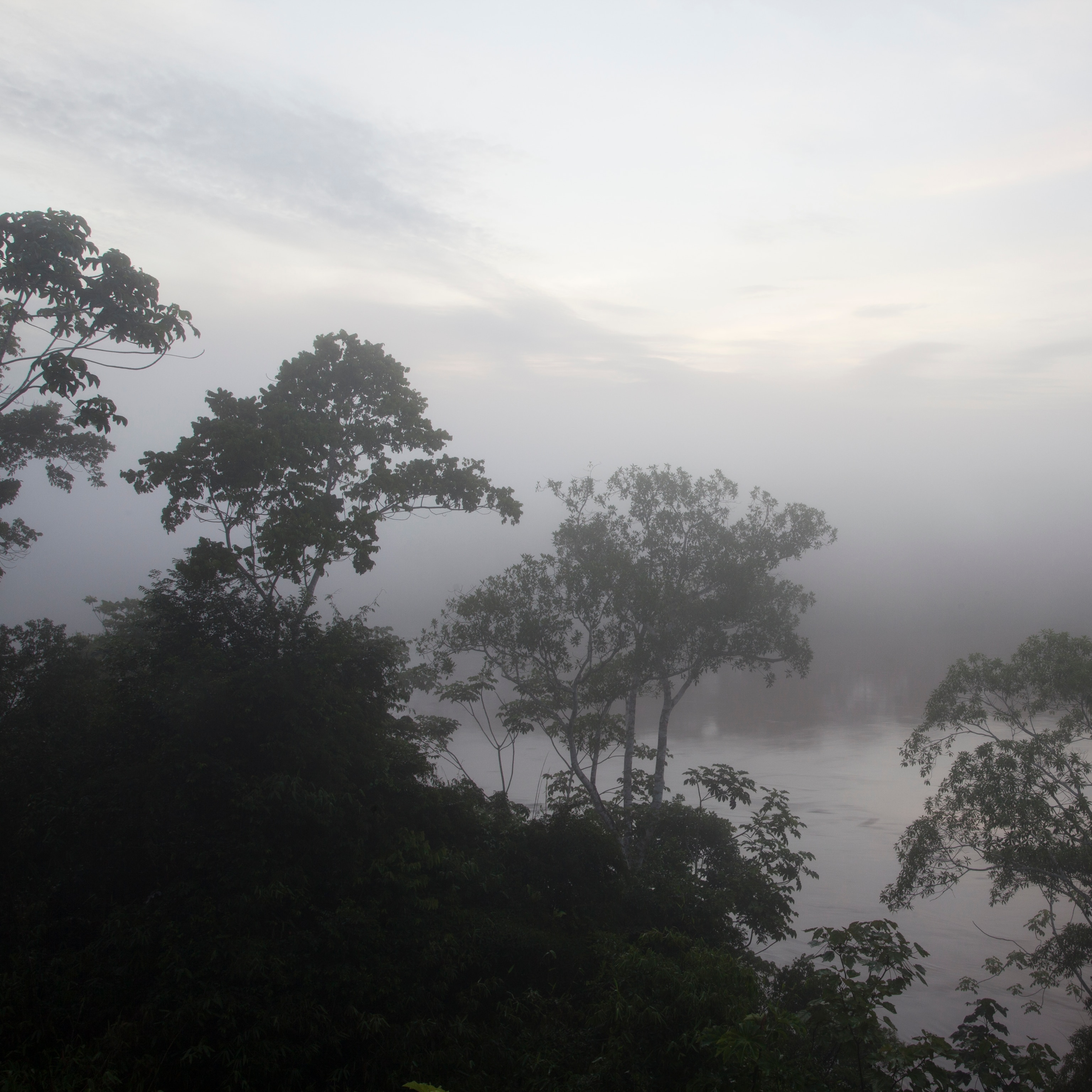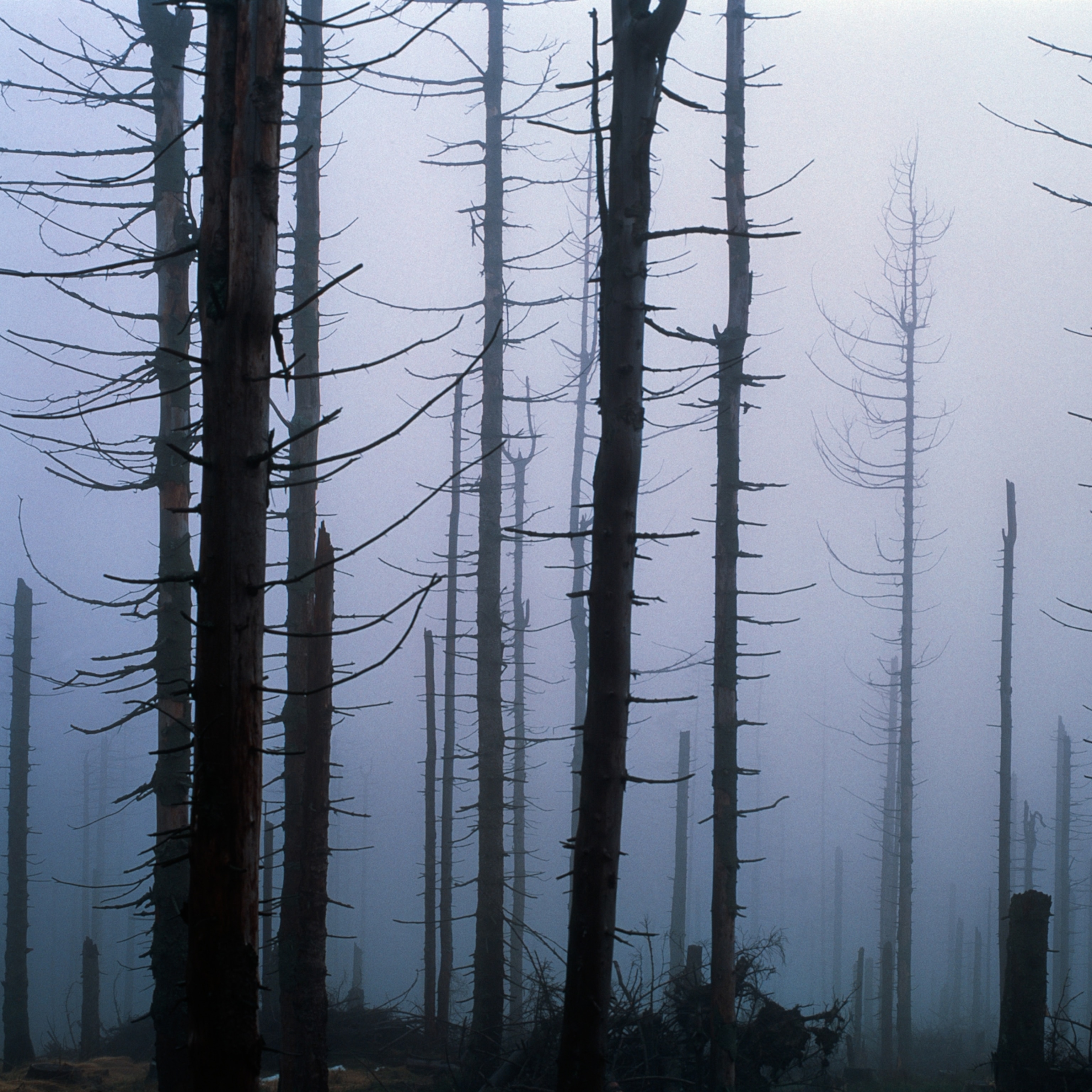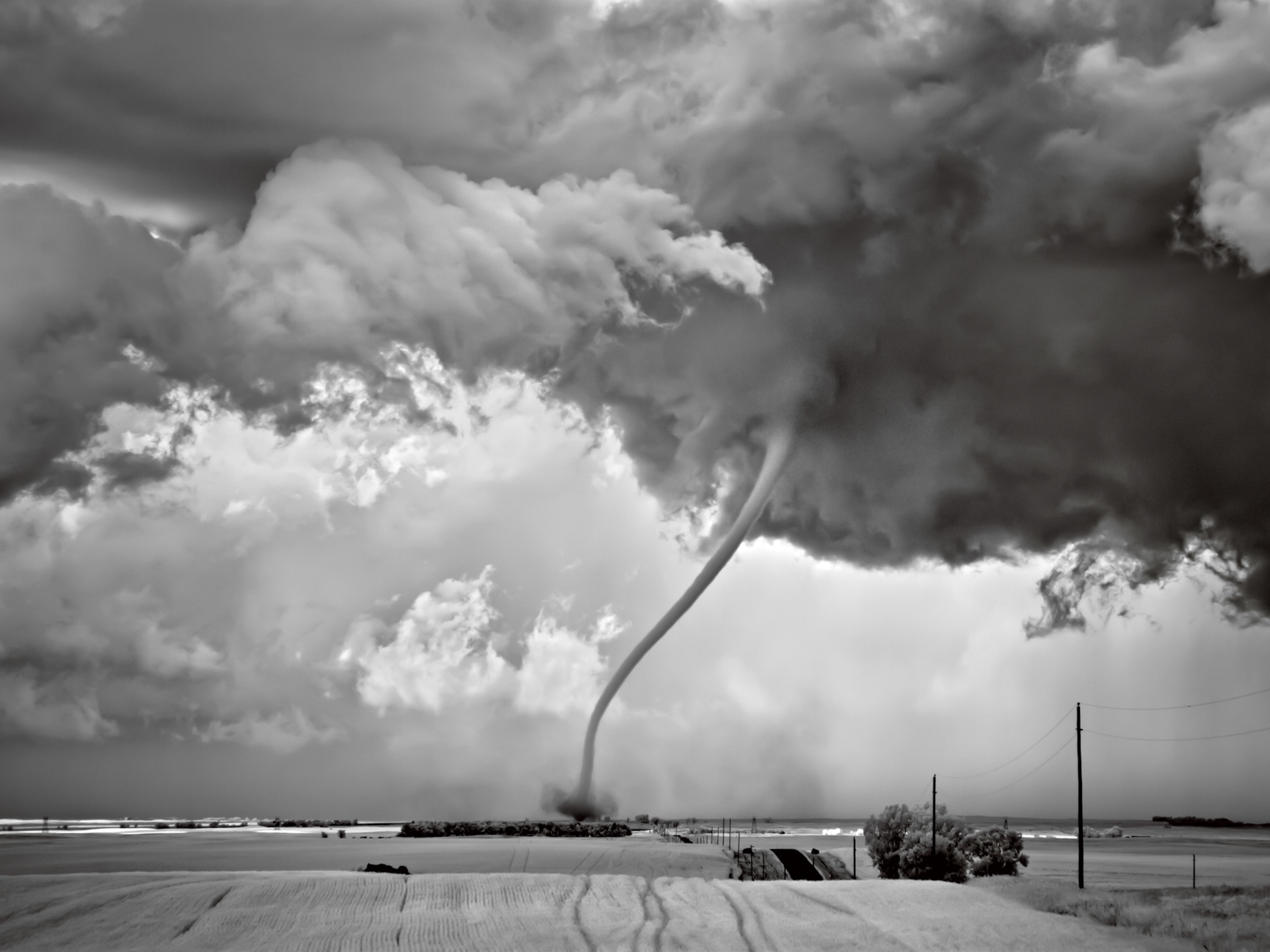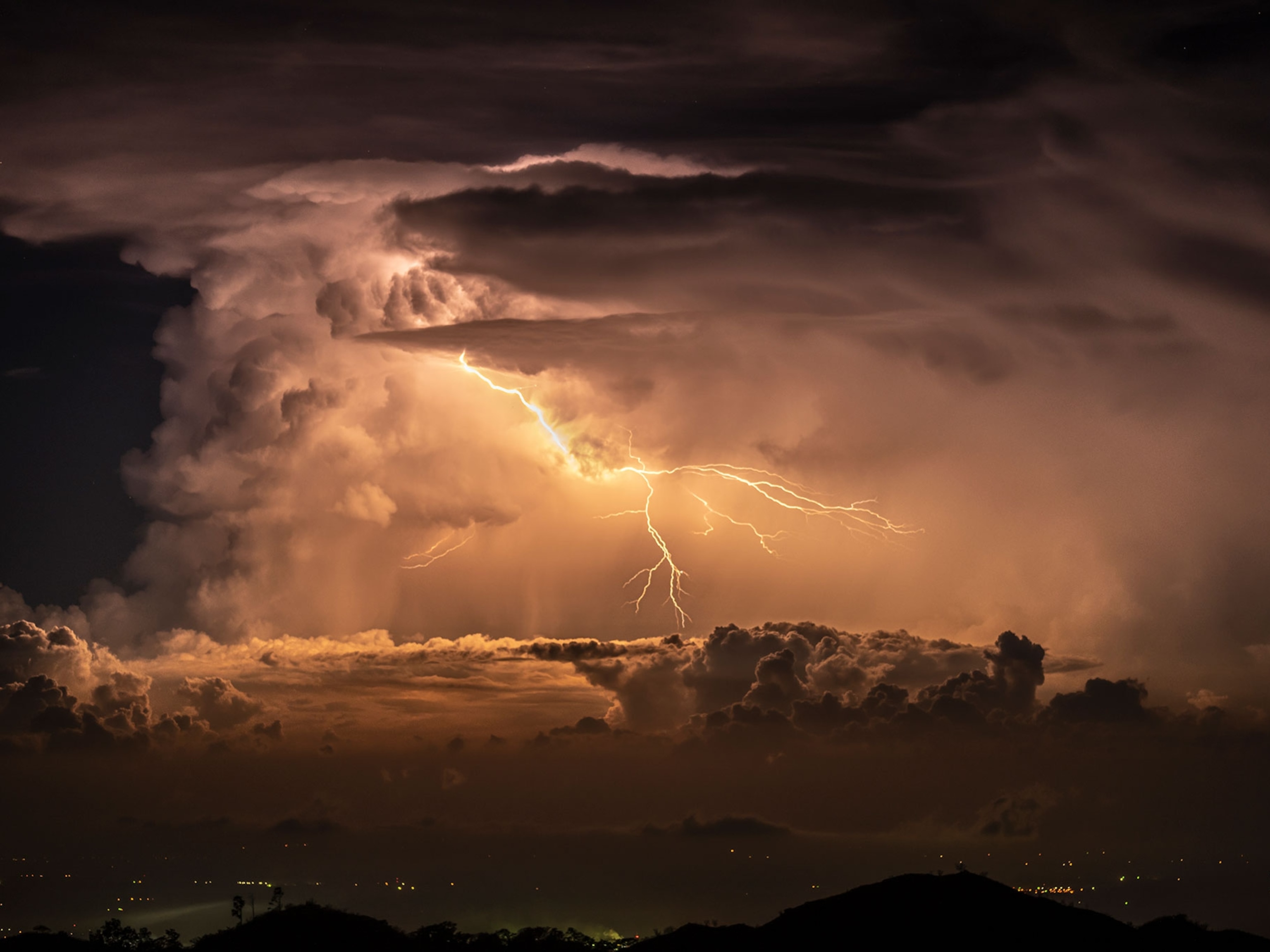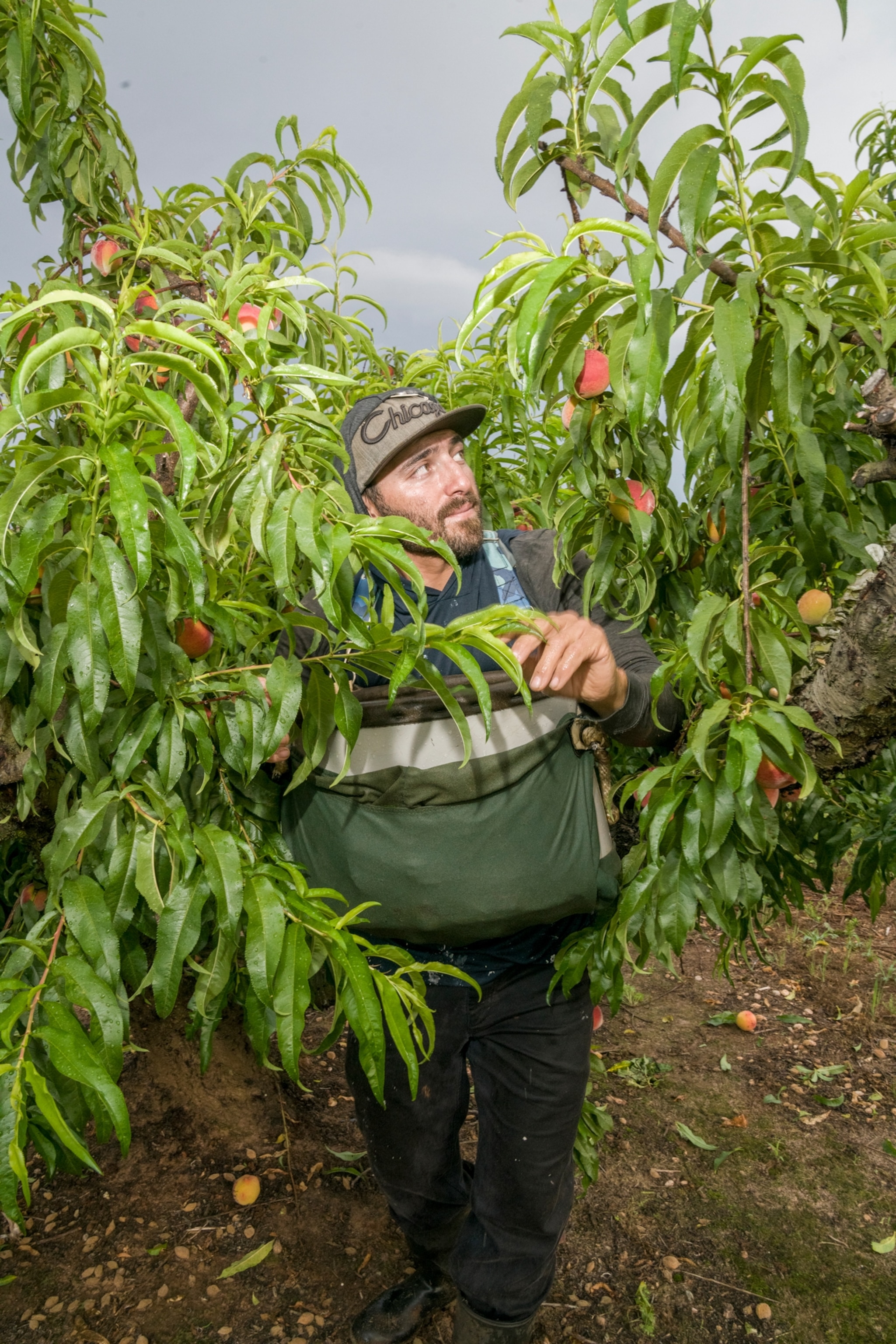
The U.S. ‘warming hole’—a climate anomaly explained
A wavy jet stream, air pollution, and changes to the landscape are all theories for why the Southeast has warmed less than other parts of the planet.
In approximately 1958, as climate change began to warm the rest of the world, something odd happened in the southeastern United States: It began to cool.
Between 1895 and 2016, the average U.S. temperature has risen by 1.8 degrees Fahrenheit, according to the last National Climate Assessment, with much of that warming coming after 1970. Yet in the second half of the 20th century, the hot, muggy Southeast bucked this trend, cooling by as much as a degree. Scientists call it the “warming hole”—and they don’t know exactly why or how it formed.
“This has been having scientists scratch their heads for a long time,” says Barry Keim, the Louisiana State Climatologist. “There’s been no explanation I have been happy with, that convinces me.” Agriculture, random climate variability, and even air pollution have all been theories to explain the anomaly.
But regardless of the cause, the Southeast has lately been warming sharply too, as climate change raises temperatures everywhere. Worldwide, the past seven years have been the warmest seven on record.
“It’s only reasonable to expect (and climate models tend to agree) that in the future these cool anomalies will dissipate, or continue to be overrun, by climate change,” says Trevor Partridge, a climate scientist at the U.S. Geological Survey and lead author of a 2018 study analyzing the warming hole.
Cooling from distant oceans…
The natural climate fluctuations that might partially explain the Southeast’s decades-long reprieve from hotter temperatures can be found thousands of miles away in the Atlantic and Pacific Oceans.
From year to year, the temperature of the sea surface changes; in the equatorial Pacific, it’s warmer during El Niño years and cooler during La Niña years. Similar cyclical fluctuations can happen on much longer time scales that last decades.
Every 20 to 30 years, sea surface temperatures along the U.S. West Coast naturally shift into warmer or cooler phases, in what’s called the Pacific Decadal Oscillation (PDO). And over the North Atlantic Ocean, changes in air pressure influence the speed of winds blowing over the ocean, a process known as the North Atlantic Oscillation (NAO).
In his 2018 paper, Partridge theorized that those changes in the PDO and NAO allowed the jet stream, which blows west to east around the Northern Hemisphere, to get a little more wavy. During the period of the warming hole, he and his colleagues think, cold air from the North was able to nestle in the U-shaped trough of a wave over southern states such as Louisiana, Mississippi, Alabama, Georgia, and Tennessee.
“We struggled to really pinpoint something going on right in 1958,” says Partridge. “The climate is very random and chaotic, and so it could have been by chance.”
Forests and farms
His 2018 paper also added a new piece to the warming hole puzzle. The cooling trend wasn’t just present over the Southeast, he and his study coauthors found. Also beginning around 1958, a summer warming hole appeared over the Midwest, though with a smaller temperature decline of only a fraction of a degree. But unlike the Southeast, the Midwest seemed less influenced by large weather patterns. Instead, the region seemed to change because of a booming local industry—agriculture.
As the area covered by intensively cultivated crops like corn and soy rapidly expanded in the mid 20th century, that farming cooled the surrounding atmosphere, says Partridge’s coauthor, Dartmouth College geographer Jonathan Winter.
“When you irrigate [crops], just like when you get out of the pool and the water evaporates off your skin, it cools. These plants transpiring all this water just cools the region,” he says.
Another study, published by Partridge and Winter in 2019, found that Midwestern agriculture even benefited from its own cooling effect—boosting corn yields every year by roughly 10 percent since the warming hole phenomenon emerged in the middle of the century.
Other climate scientists say land-use changes have also helped the Southeast stay cooler than it otherwise would be. Rampant regional deforestation in the 19th and early 20th centuries left only one percent of forests untouched—but the trees have since come back. Forests now cover 60 percent of Georgia, much of it in the form of tree plantations, says Pam Knox, a climate scientist at the University of Georgia. Alabama is nearly 70 percent forested, most of it on private land.
“When you have a forest, the ground is shaded and tends to not be as hot,” says Knox.
To Partridge, cooling in the Midwest and the Southeast as a result of crops and tree cover shows how much influence humans have on climate, beyond our emissions from fossil fuels.
“What we do to our land surface can have pretty profound effects on local climate,” Partridge says.
Another theory for the warming hole’s origin points to pollution by aerosols, small particles that float in the atmosphere and block the sun. Sulfate particles from coal-fired power plants are especially effective at reflecting sunlight, and historically, the eastern half of the U.S. has had a higher concentration of coal plants.
Aerosol pollution peaked in the 1980s and has since fallen to half those levels, largely thanks to the Clean Air Act signed in 1970. Scientists have varying theories over how much these aerosols influenced the warming hole. Because not every region subjected to aerosol pollution experienced a warming hole, Partridge and Winter say it may have simply amplified the effect in both the Southeast and Central U.S., rather than playing a leading role.
One study published in 2017 looked at aerosol pollution and natural climate variability and split the difference, suggesting that aerosols contributed to summertime cooling in the middle of the last century, while the winter cooling that persisted in later decades was the work of natural variations in climate.
Regardless of the cause, warming holes are rare. Another cooling anomaly has been observed—in the North Atlantic—and possibly results from climate change-caused shifts in ocean currents that keep warmer waters away from that area.
A warmer future everywhere
Depending on the time period studied or metric used—winter, summer, or annual temperatures, averages or maximums—the effects of the Southeast warming hole might or might not still be detectable.
According to a 2015 study, it vanished two decades ago, when Pacific surface temperatures shifted into a cooler phase. It’s unlikely to re-emerge, says Gerald Meehl, lead author of the study and climatologist at the National Center for Atmospheric Research.
“In the end, the increase in warming is going to win out. These internal fluctuations won’t be as noticeable,” says Meehl.
Already, the world has warmed by about 2°F since the late 19th century. According to figures used in the last National Climate Assessment in 2018, the Southeast has still not caught up with the rest of the country in terms of the cumulative warming it has experienced—and it lags well behind the Northeast, say, or Alaska.
But in the coming decades, the region is likely to see a serious increase in extreme, hazardous heat, according to a recent county-by-county mapping study by the First Street Foundation. The reprieve it enjoyed in the late 20th century will probably be no more than a distant memory.
